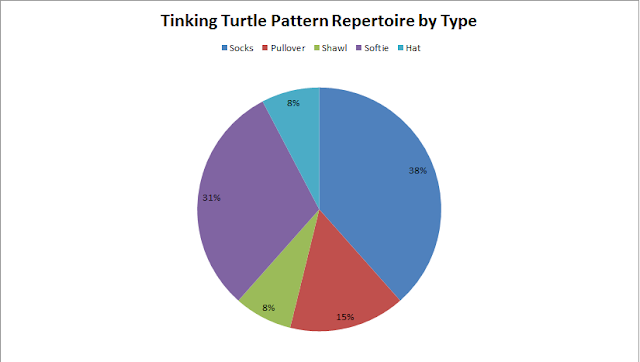Wow, this month has gone by fast! It seems like only a week ago Michael and I had just gotten back from our honeymoon, and now it’s going to be Halloween tomorrow!
I had 2 patterns release this month! Interweave Crochet’s Plaited Hat and One Salt Sea. Check them out. Don’t worry, I’ll wait.
Good? Aren’t they great?
 |
| A Collection of October’s Pictures |
In case you missed it the first time, the most popular posts from this month:
Government Shutdown and The Fiberarts Industry
How Has the Shutdown Affected the Fiberarts in Metro DC?
So You Want to Work For Yourself, Now What?
Intellectual Risk, Davidson College, and Running a Business
Bleeding Socks: The Good, The Bad, and The Ugly
The Benefits of Doing Something Yourself
Over at Jordana’s:
Yarn Weights: What You Need to Know When Choosing Yarn
Crochet and Fashion Week
What were your highlights from October?
























